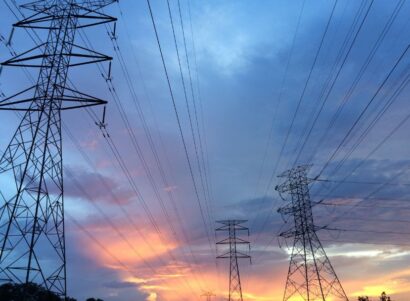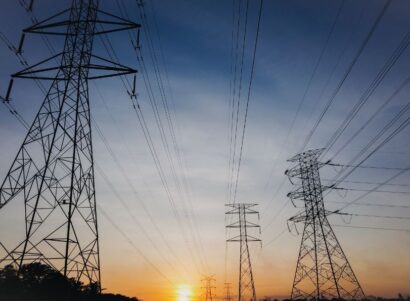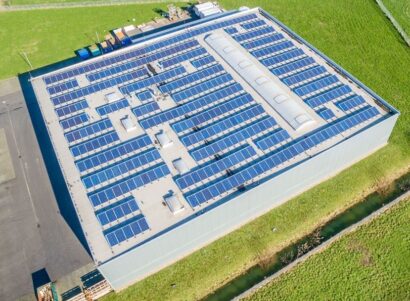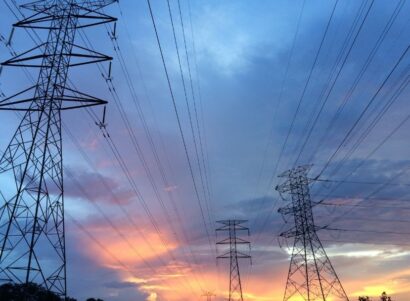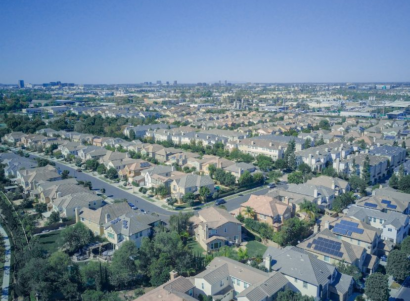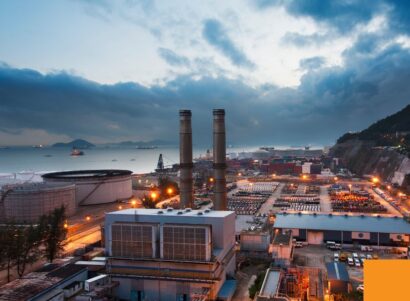Background
As climate change increases the risk of natural disasters, interest in resilience hubs has grown in communities across the United States. Unlike cooling centers or other traditional methods of disaster response, resilience hubs are built in trusted community spaces and provide resilience-building services on an ongoing basis. This ongoing presence can be particularly important for vulnerable communities by helping to address underlying risk factors and improving resilience to disaster over time.
Outfitting resilience hub facilities with solar arrays and battery storage (referred to as solar+storage resilience hubs) can deliver distinct advantages in resilience hub design by keeping essential services online during power outages without the use of polluting diesel generators. In this peer-reviewed study, published in Society for Risk Analysis, researchers at PSE Healthy Energy analyzed opportunities for solar+storage resilience hubs throughout California to provide a source of clean and reliable energy that reduces harmful emissions and supports climate resilience.
Key Findings
In many communities across California, existing financial mechanisms may be enough to make solar+storage systems for everyday operations economically viable, especially where sunshine and utility rates are favorable. These systems may not require additional funding, but could only power very limited, critical operations during an outage. However, modifying solar+storage designs to create more resilient power systems may need additional financial support, incentives, or more favorable rate designs from local, state, and federal governments.
Solar+storage designed to meet resilience scenarios—especially those of long duration outages and high critical loads or occuring in areas with challenging climate conditions or utility rates—will have higher initial costs and lower (possibly negative) net present values. For each site, the difference in cost between the resilience scenario and everyday operations is thus the marginal cost for that level of resilience for the site. While resilience is itself valuable, there is no commonly agreed upon approach to assigning it an economic value and there are fewer funding mechanisms for resilience-only operations.
Conclusions
Strategically placing resilience hubs throughout California could generate up to eight GW of solar energy and lower the state’s carbon emissions by five million tons per year. However, in addition to the billions of dollars in capacity development, design, building, and operation of resilience hubs to support vulnerable populations, much work remains to ensure equitable and efficient allocation of resources. Utility regulators should ensure that resilience hubs are eligible for rates that increase the value of resilient infrastructure investments without increasing overall bills. Additionally, more research is needed to fully characterize and meet resilience needs, challenges, and opportunities throughout California. This includes further work to project how climate change will impact resilience in vulnerable communities, developing best practices for community-partnered approaches, and developing a better understanding of energy use profiles during both everyday and disaster operations in different parts of the state.

 Study
Study